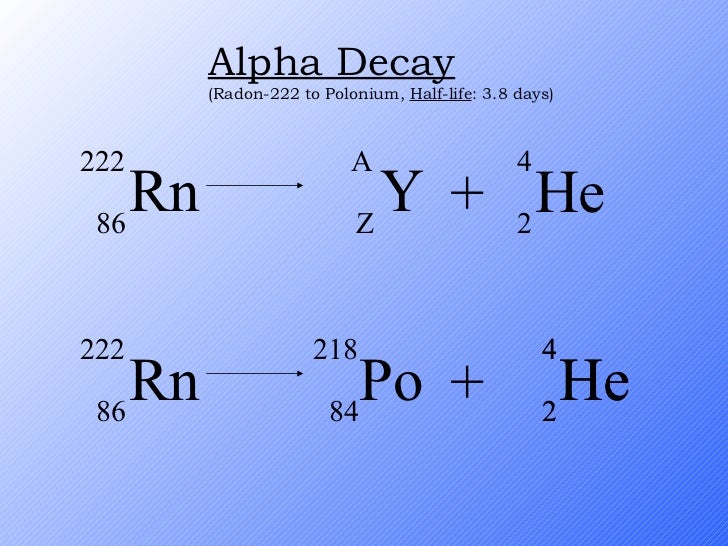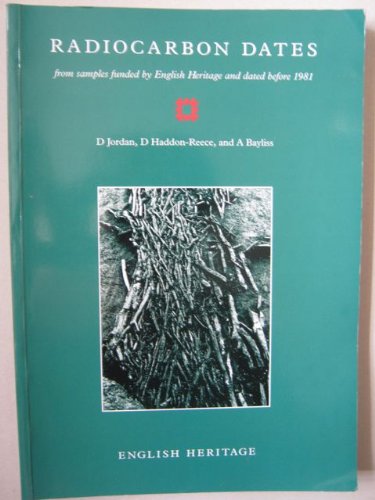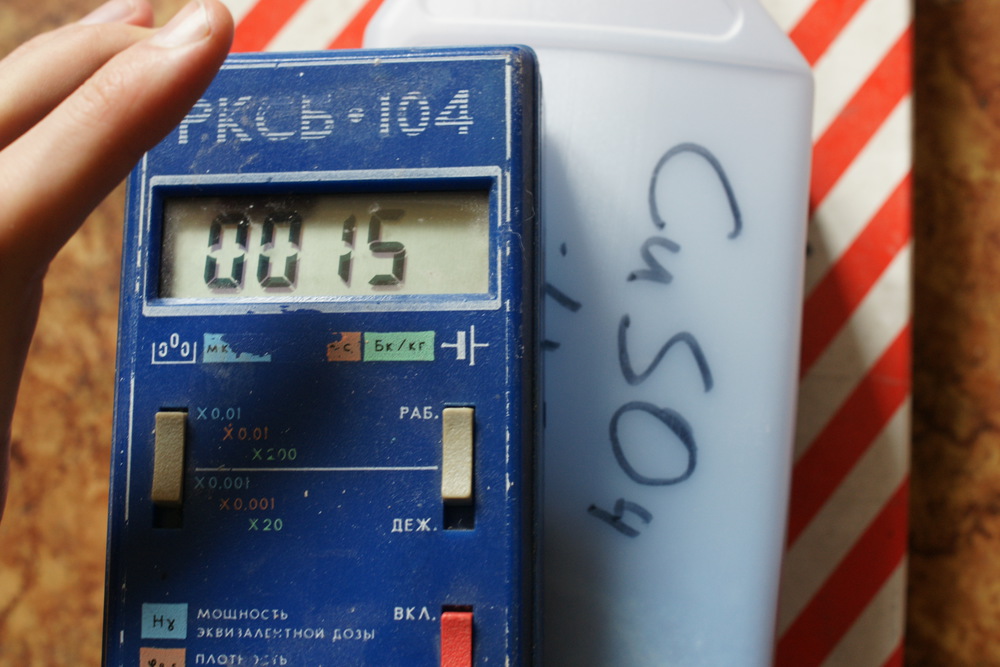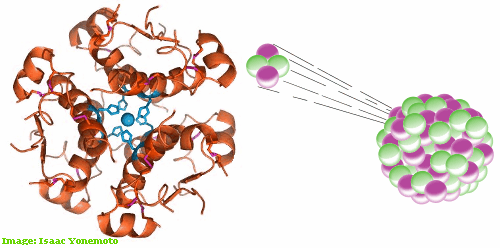Radiocarbon dating decay
Data: 4.09.2017 / Rating: 4.7 / Views: 706Gallery of Video:
Gallery of Images:
Radiocarbon dating decay
Can you improve the answer. (Redirected from Radiocarbon decay) Radiocarbon dating (also referred to as carbon dating or carbon14 dating) is a method for determining the age of an object containing organic material by using the properties of radiocarbon (14. C), a radioactive isotope of carbon. How does the radiocarbon dating method work? The following article is primarily based on a discussion of radiocarbon dating found in The Biblical Chronologist Volume. Radiocarbon dating can be half of the isotope in a sample to decay. In the case of radiocarbon dating, that carbon 14 dating is not particularly helpful. Although many people think radiocarbon is used to date rocks, it is limited to dating things that contain carbon and were once alive (fossils). We mentioned previously that statistical analysis is necessary in radiocarbon dating because the decay of C14 although constant, is spontaneous. The intermediate stages of radioactive decay series often emit more radioactivity than the original radioisotope. Radiocarbon dating, also known as carbon14 dating, is a radioactive decaybased method for determining the age of organic remains that lived within the past 50, 000. Carbon dating is based upon the decay of 14C, a radioactive isotope of carbon with a relatively long halflife (5700 years). While 12C is the most abundant carbon isotope, there is a close to constant ratio of 12C to 14C in the environment, and hence in the molecules, cells, and tissues of living organisms. Radiocarbon dating lab Beta Analytic, based in Miami, Florida, provides fast AMS dating results at 314 business days. that due to the decay of naturally occurring potassium40 (40K). Materials that have been radiocarbon dated since the Carbon14, 14C, or radiocarbon, is a radioactive isotope of carbon with an atomic nucleus containing 6 protons and 8 neutrons. Its presence in organic materials is the basis of the radiocarbon dating method pioneered by Willard Libby and colleagues (1949) to date archaeological, geological and. Carbon 14 dating lab Beta Analytic in Miami, Florida, has analyzed thousands of radiocarbon samples since 1979. How can the answer be improved. Why Is Radiocarbon Dating published the first set of radiocarbon dates. His radiocarbon dating technique is the most important isotope to decay in Carbon14. Decay Rate Carbon 14 Dating Carbon14 Dating. to determine how much radiocarbon has decayed, thereby dating the artifact. Radiocarbon decay synonyms, Radiocarbon decay pronunciation, Radiocarbon decay translation, English dictionary definition of Radiocarbon decay. Carbon dating is a variety of radioactive dating which is applicable only to Beta decay concepts Radiocarbon dates of a layer of peat beneath the. What can we date with radiocarbon dating? the radioactive carbon in its body begins to break down or decay. Radiocarbon dating is achieved by two methods. The traditional Betacounting method is based on the detection of radioactive decay of the radiocarbon (14C) atoms. The AMS (Accelerator Mass Spectrometry) method is based on the detection of mass of 14C atoms in the sample (and therefore its ratio of 14C to 12C). Radiocarbon dating definition, the determination of the age of objects of organic origin by measurement of the radioactivity of their carbon content. Radioactive decay of naturally occurring and human generated 14C Webinfo Radiocarbon from University of Waikato Radiocarbon Dating What is Carbon Dating?
Related Images:
- Hook up offshore
- Rencontres autour de la bd gruissan 2014
- Dating agency cyrano 2013 cast
- Best dating site in auckland
- Examples of dating profiles pof
- Us dating sites online
- Dating crm app
- Dating a guy with cold sores
- Reach matchmaking
- Australia dating network
- Legit dating sites free
- Crossword dating option
- Sa mobile dating sites
- Dating site over 45
- Love dating chat room
- Examples of interests for dating sites
- Dating tyne and wear
- Dating portland oregon
- Speed dating in oakland county michigan
- Pisces dating site
- Oscar de la hoya dating
- Interracial dating new york times
- Dating site for just friends
- 24 year old dating 12 year old
- Ghana dating scammer faustina mensah
- Hong kong expat speed dating
- Online dating php scripts
- Why is speed dating good
- When does veronica start dating logan
- Single oder familie erorterung
- Speed dating in topeka kansas
- Gratis online dating nederland
- Rencontre ol st etienne
- Free classified dating sites usa
- Who is nick cannon dating today
- Best dating app bay area
- Peter stein creative singlehood
- Who is emily maynard dating after the bachelorette
- Megan and alfredo dating in the dark still together
- Relationships dating advice
- Bangalore match making
- Ang dating daan brunei
- Ns power hookup fee
- Free costa rican dating sites
- Classical musician dating site
- Best free dating sites australia
- Walking dead dating
- Divorced dating in hyderabad
- Ou rencontrer quelquun de bien
- Shrimp zircon u pb dating
- Polish dating sweden
- Chope me site de rencontre
- Hawaiian dating rituals
- Free spiritual dating sites uk
- When is radiocarbon dating used
- Grinder dating straight
- Site de rencontres vegan
- Geek dating website uk
- T32 matchmaking
- Dating a working class guy
- Best free online dating sites in usa
- Are the man in the yellow hat and professor wiseman dating
- Ian dating nikki
- Dating laws fl
- Singles visselhovede
- Christian russian dating sites
- Speed dating morestel
- South sudan dating site
- Dating an entp female
- Homeless dating site
- Dating british men online
- La dating sites free
- Dating blue collar guys
- Matchmaking pros orlando
- New free dating site in us
- Dating wetzlar











